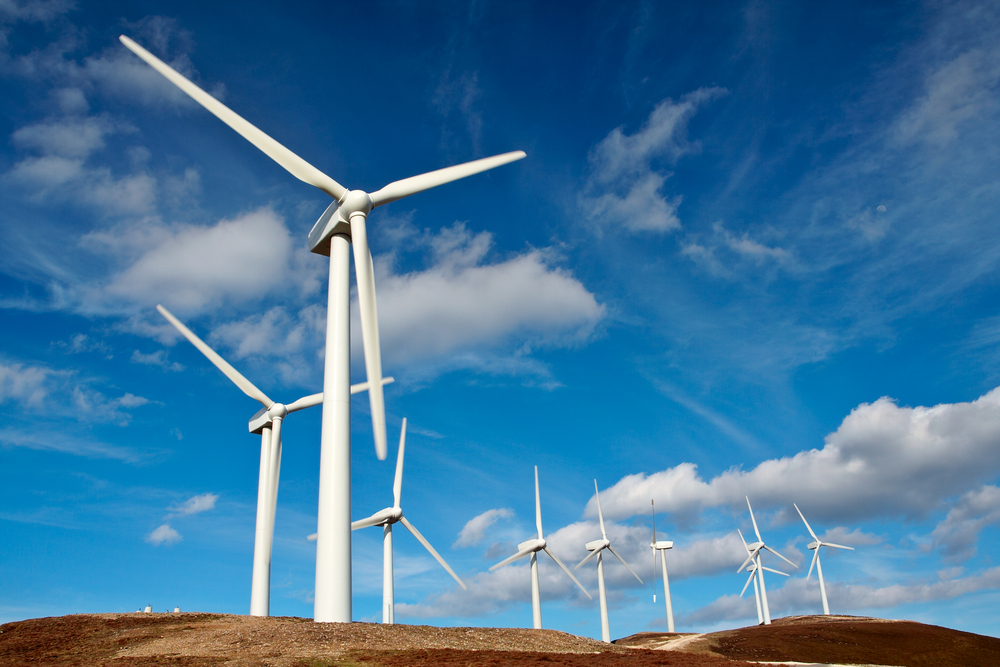How long does it take a wind turbine to become carbon neutral
September 2 2022

Wind Turbine Becoming Carbon Neutral
How long does it take for a wind turbine to generate the same amount of energy that was used to create it? The answer to this question is called the energy payback period.
The payback period is the amount of time required for a device to generate the same amount of energy used to create it. The payback period for a wind turbine is about 20 years, much shorter than the turbine’s lifespan.
After the payback period, the turbine will continue generating electricity for many years, making it a cost-effective investment.
How does the location of a wind turbine affect how long it takes to become carbon neutral? The answer to this question is not as simple as one might think.
A variety of factors must be taken into account when determining the response of the factors that must be considered, including the average wind speed, the size of the turbine, the density of the air, and the rotor blade design.
The average wind speed is an essential factor because it determines the amount of power that the turbine can generate. The size of the turbine is also an important factor to consider when choosing how much energy can be generated. The larger the turbine, the more power it can cause.
What is the average lifespan of a wind turbine? The average lifespan of a turbine is 20 years, but many can last much longer. Some turbines have been known to last for over 50 years with proper maintenance.
What are the emissions of a wind turbine over its lifespan? The emissions of a wind turbine over its lifespan are very low. The primary emissions come from the manufacturing process and the transportation of the turbine to its final destination. Once the turbine is up and running, the emissions are almost negligible.
What are the emissions of a coal power plant over its lifespan?
Coal power plants emit various pollutants that can harm human health and the environment. These pollutants include carbon dioxide, sulfur dioxide, nitrogen oxides, and mercury.
Carbon dioxide is the main greenhouse gas, and it is released into the atmosphere when we burn fossil fuels like coal, oil, and natural gas. Sulfur dioxide and nitrogen oxides are released when we burn coal and oil.
They cause acid rain, which harms plants, animals, and the environment. Acid rain can also cause respiratory problems in humans.
What are the emissions of a natural gas power plant over its lifespan? The emissions of a natural gas power plant during its operational phase can be divided into two categories: fugitive emissions and stack emissions.
Fugitive emissions result from leaks in the equipment used to capture and transport natural gas.
How does the size of a wind turbine affect how long it takes to become carbon neutral?
The turbine size will affect how long it will take to become carbon neutral. A smaller turbine will take longer to become carbon neutral than a larger turbine. This is because a smaller turbine will produce less energy than a larger turbine.
How does the material used to create a wind turbine affect how long it takes to become carbon neutral? The most common material used to create wind turbines is steel.
Steel is made from iron ore, which is mined from the earth. The mining process of extracting iron ore from the earth releases carbon dioxide gas into the atmosphere. Once the steel is created,
What are the maintenance requirements of a wind turbine? The blades must be regularly inspected for damage and repaired or replaced as necessary. The nacelle, which houses the turbine’s gearbox, generator, and other key components, must be checked for alignment and lubricated as needed.
Facts About Wind Turbine

1. A wind turbine can become carbon neutral in as little as two years.
2. The average wind turbine produces enough energy to offset the carbon emissions of 1,000 homes.
3. A typical wind turbine has a lifespan of 20-25 years.
4. Wind turbines can offset the carbon emissions of up to 5 million cars.
5. The average wind turbine offsets the carbon emissions of 10,000 tons of coal each year.
6. A single wind turbine can save up to 1.5 million gallons of water each year.
7. Wind turbines can power up to 500,000 homes in the United States.
8. The United States has the potential to generate enough wind energy to power every home in the country.
9. There are over 50,000 wind turbines in the United States.
BalancedEarth.org can help you to become carbon neutral, with many different programs that you can donate to.
